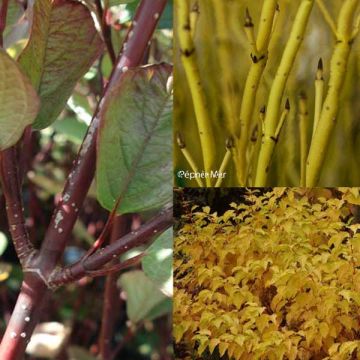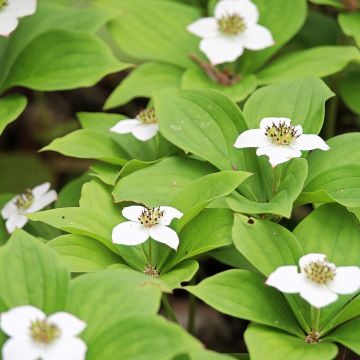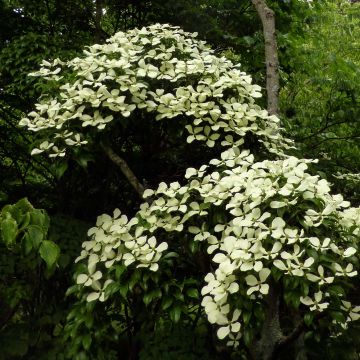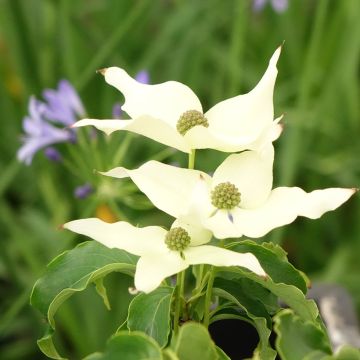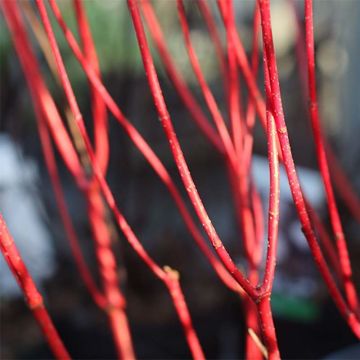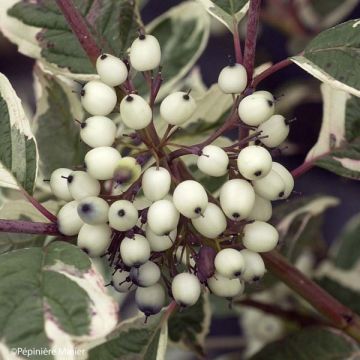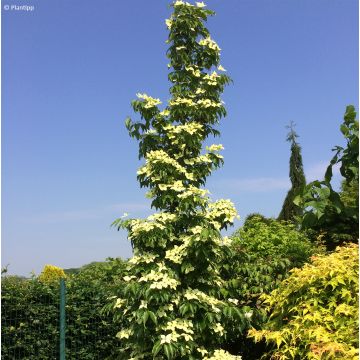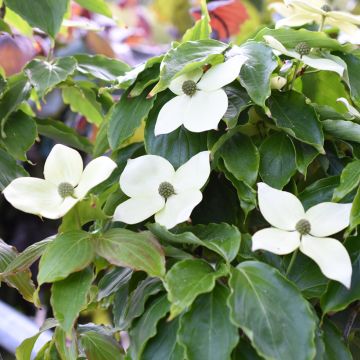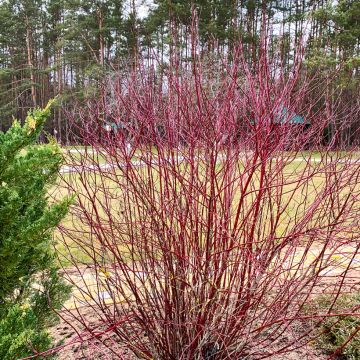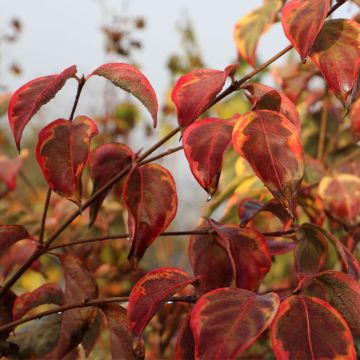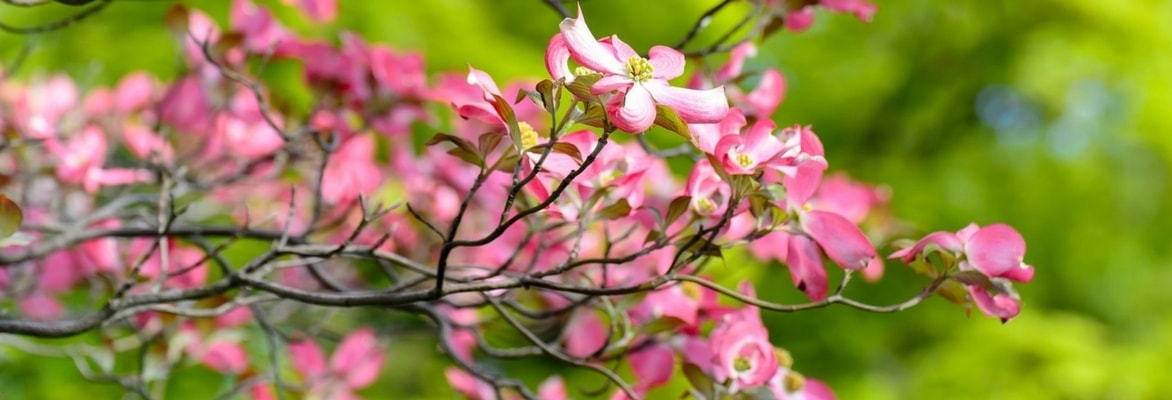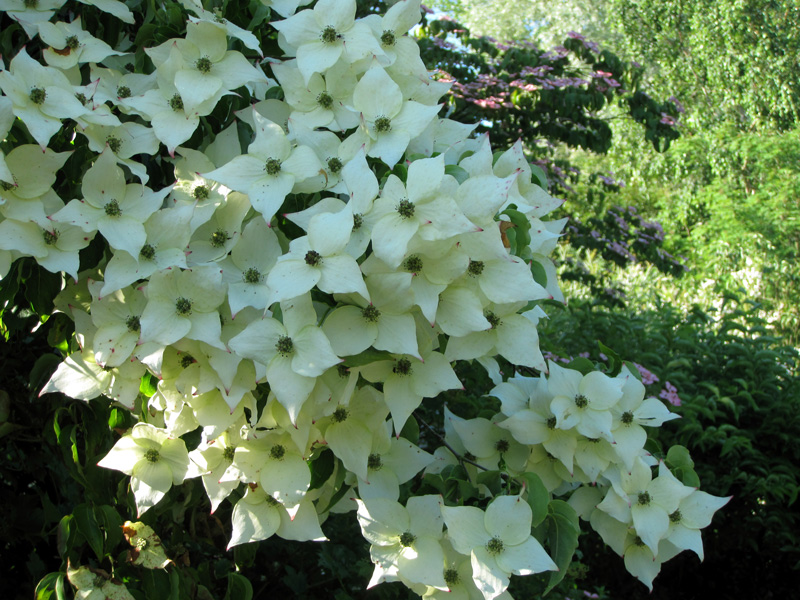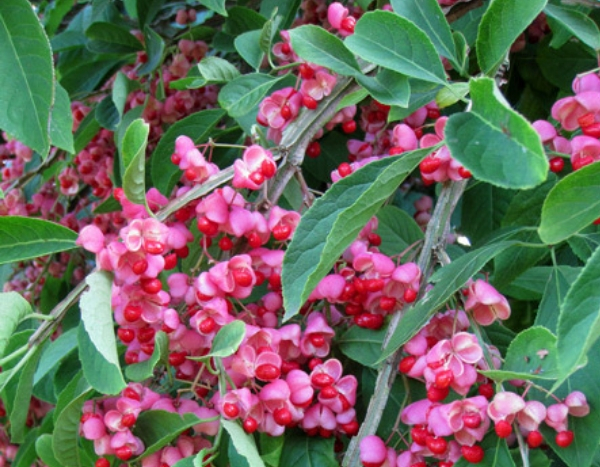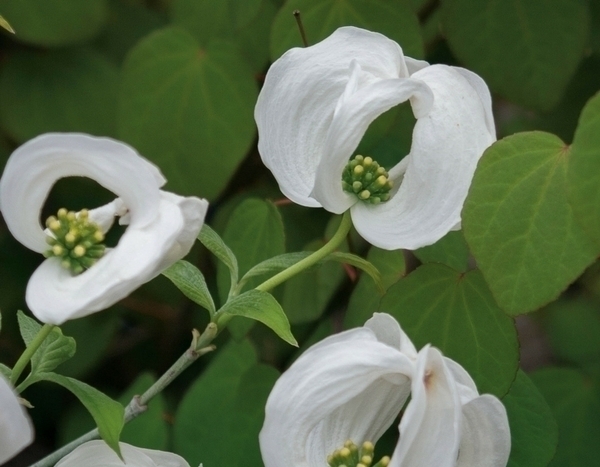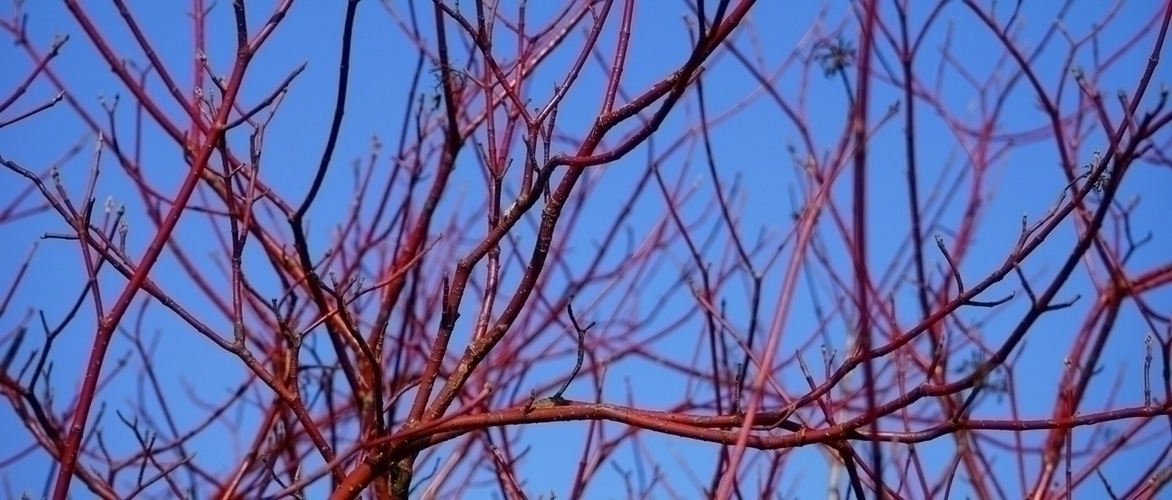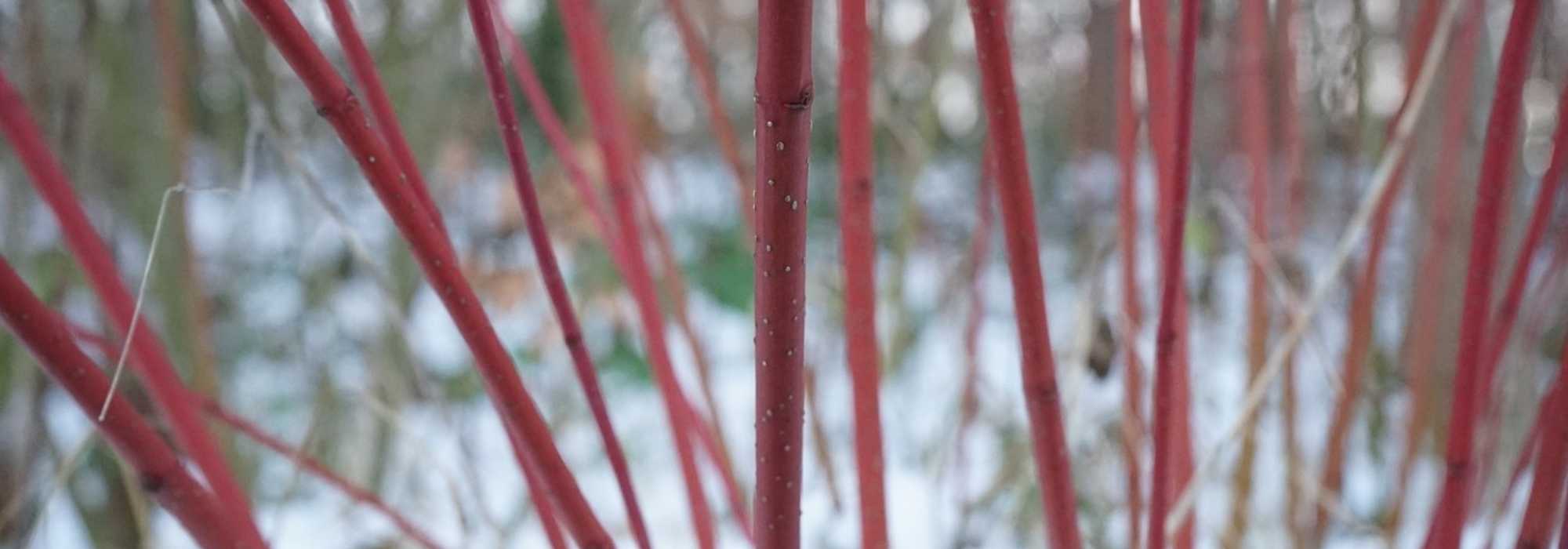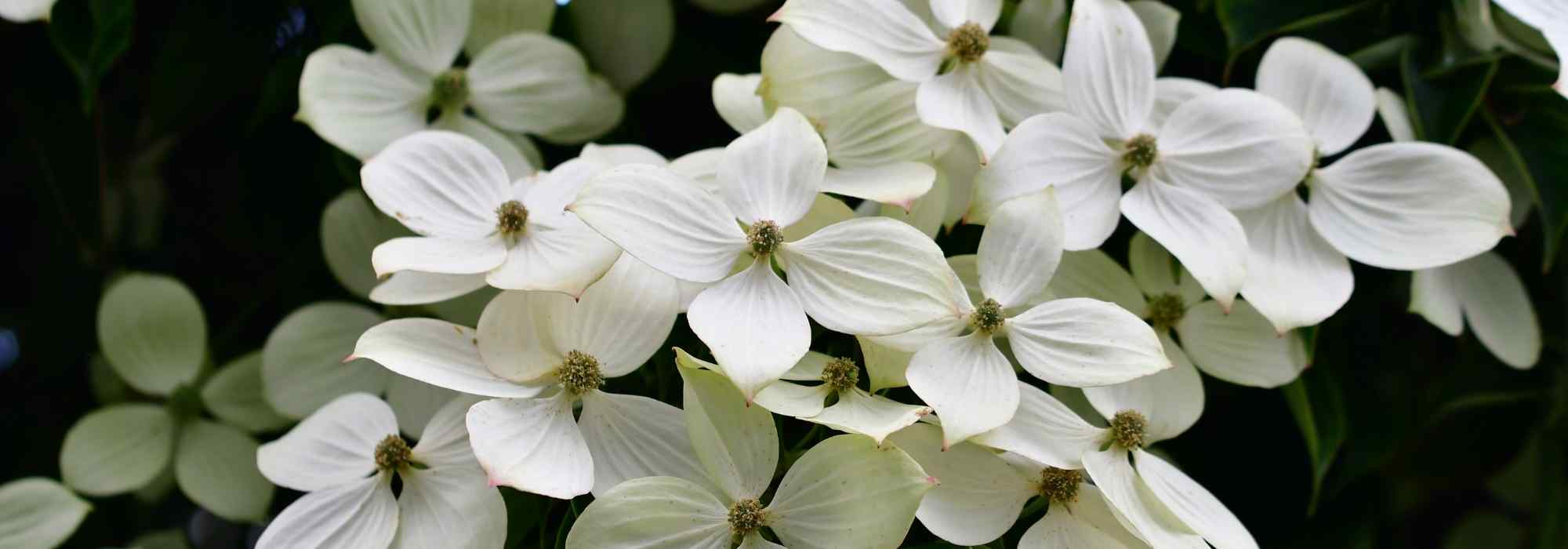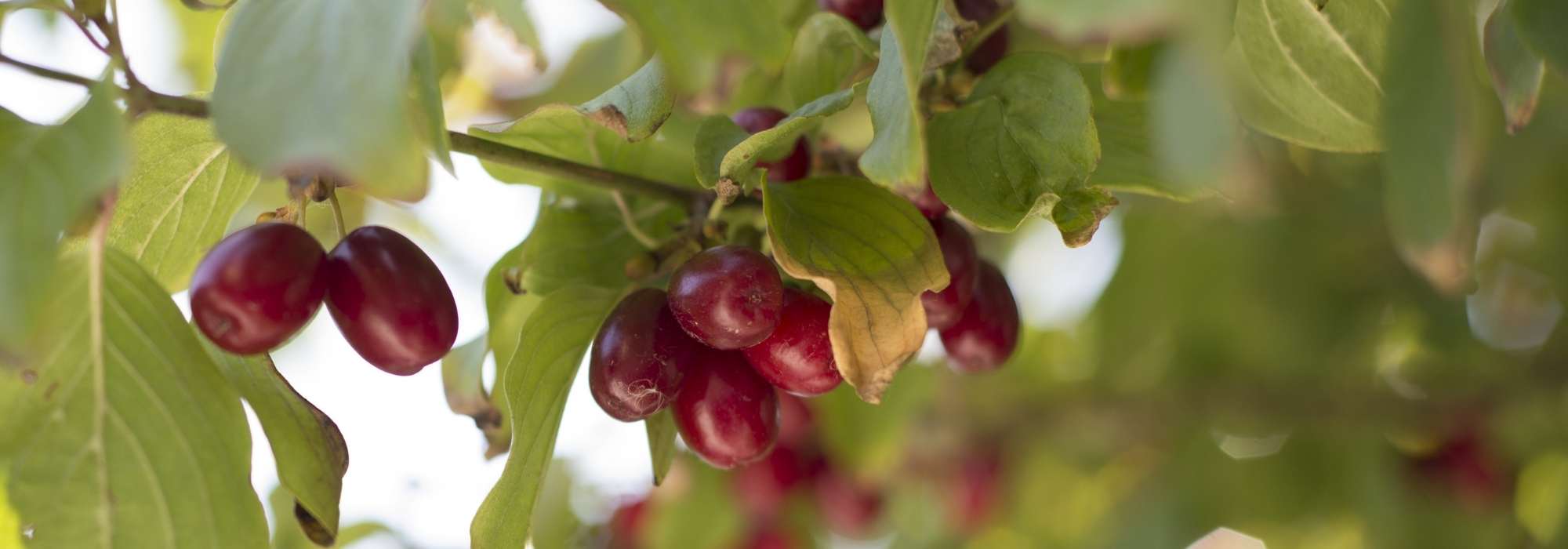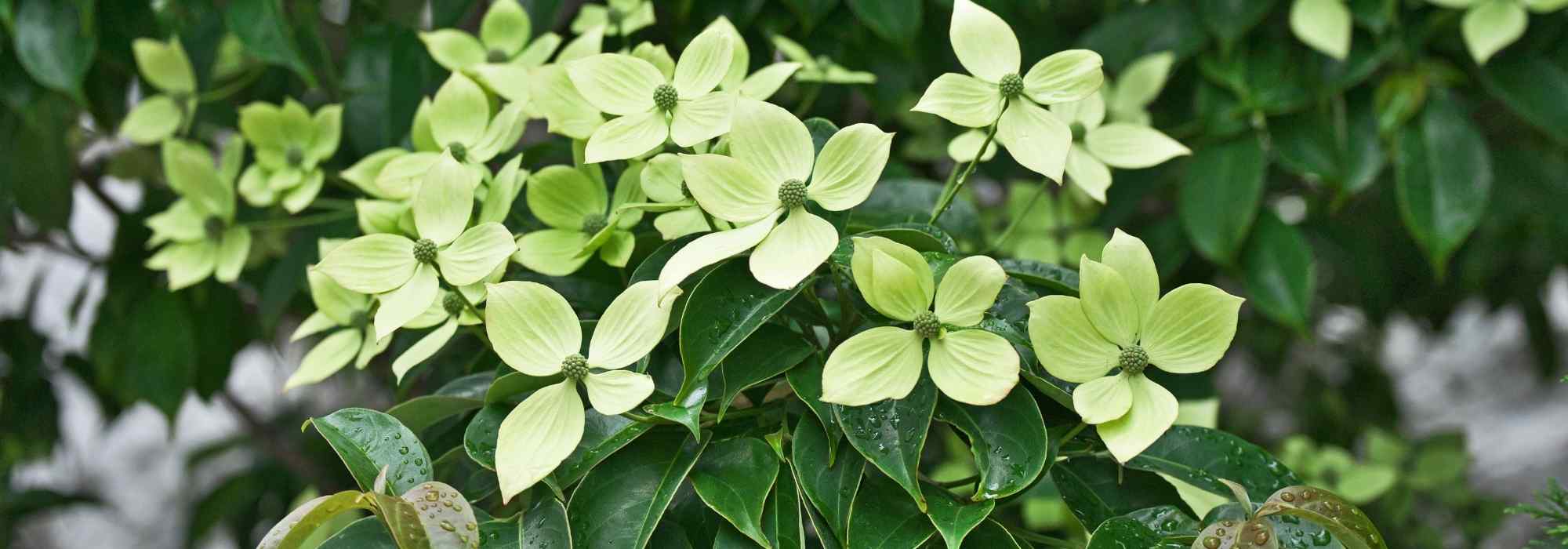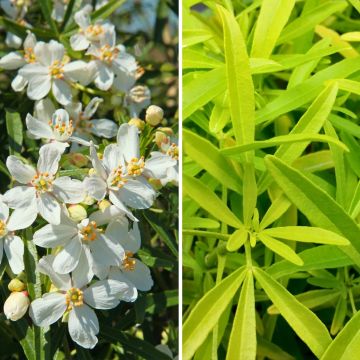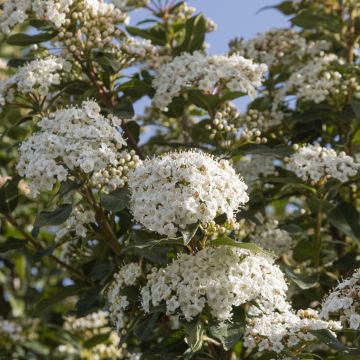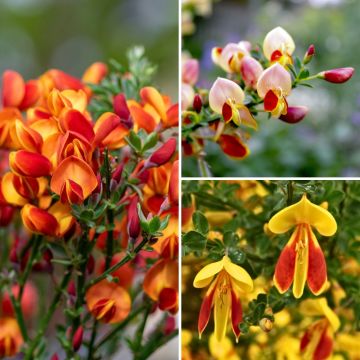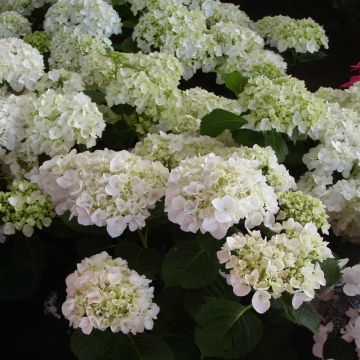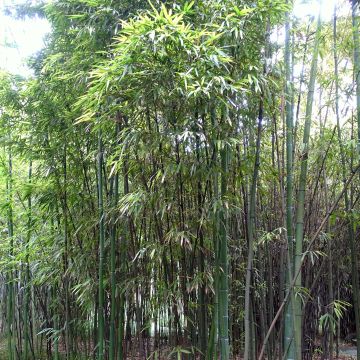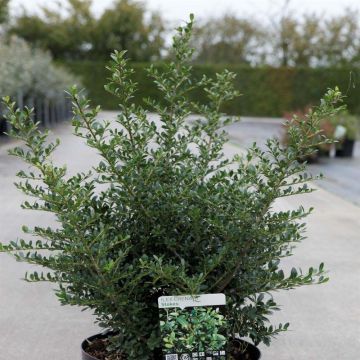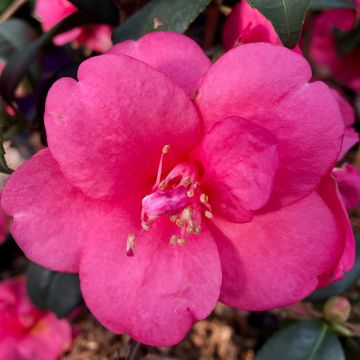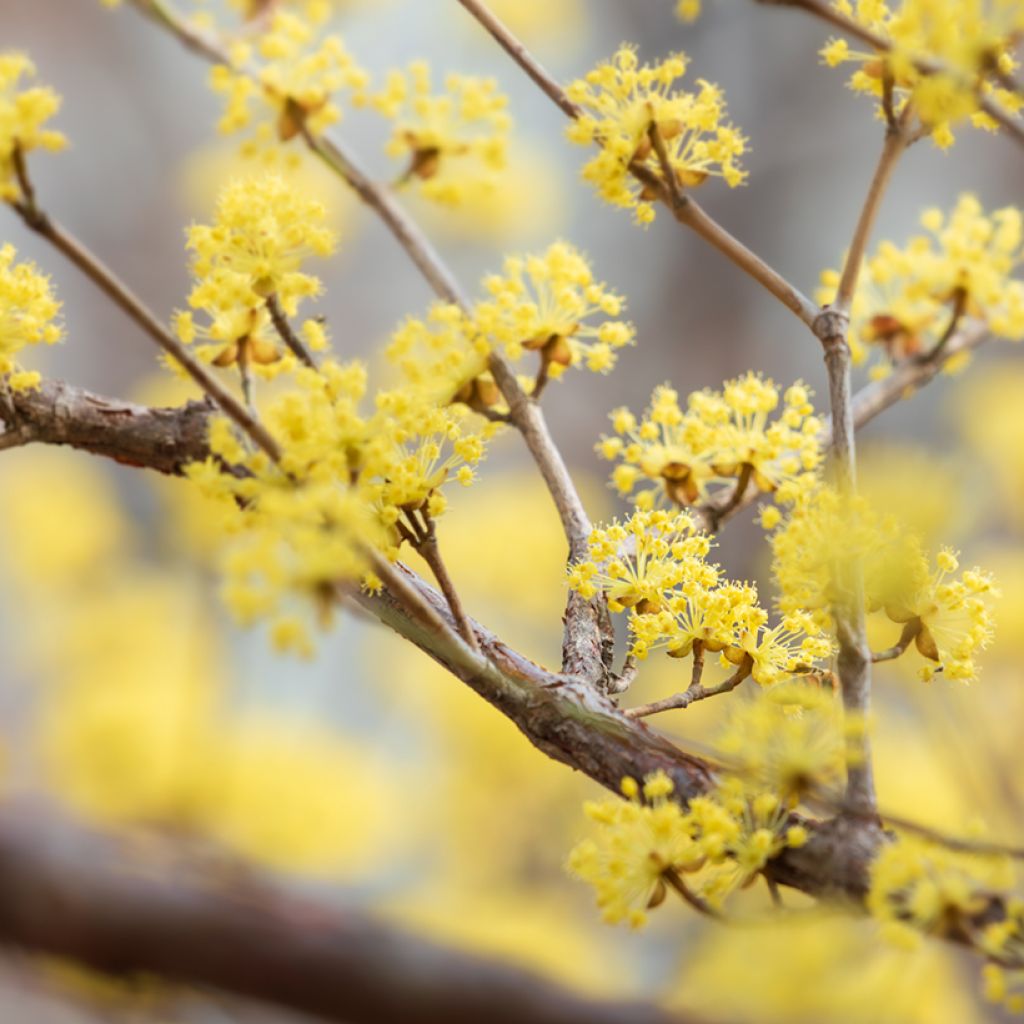

Cornus officinalis - Japanese Cornelian Cherry
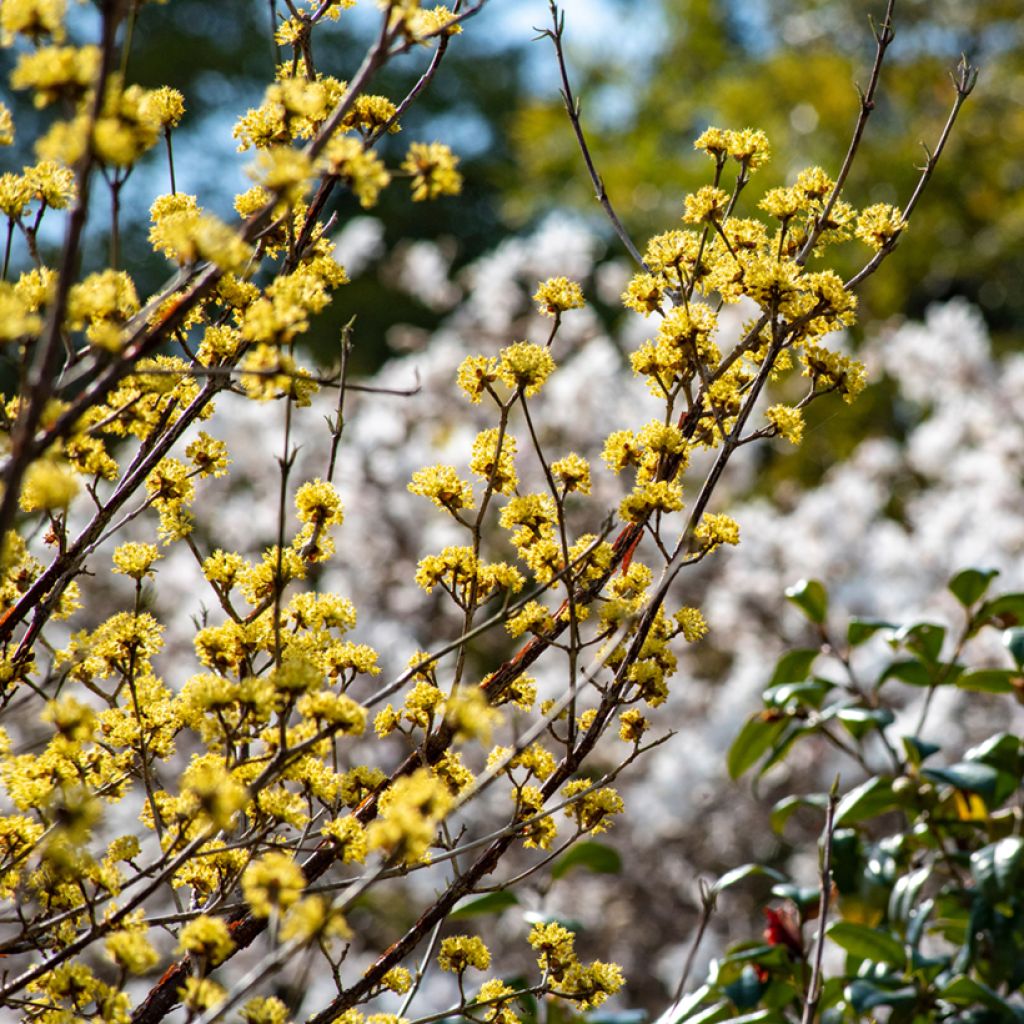

Cornus officinalis - Japanese Cornelian Cherry
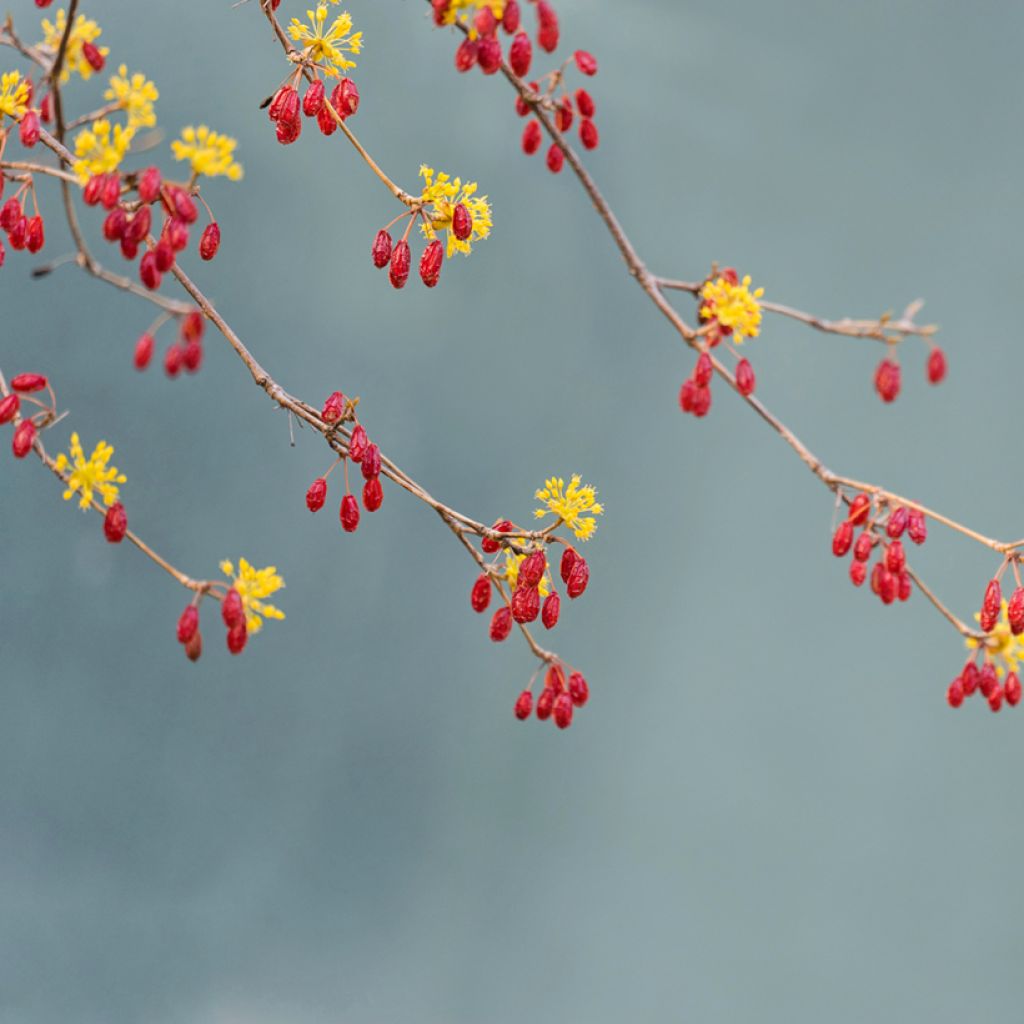

Cornus officinalis - Japanese Cornelian Cherry
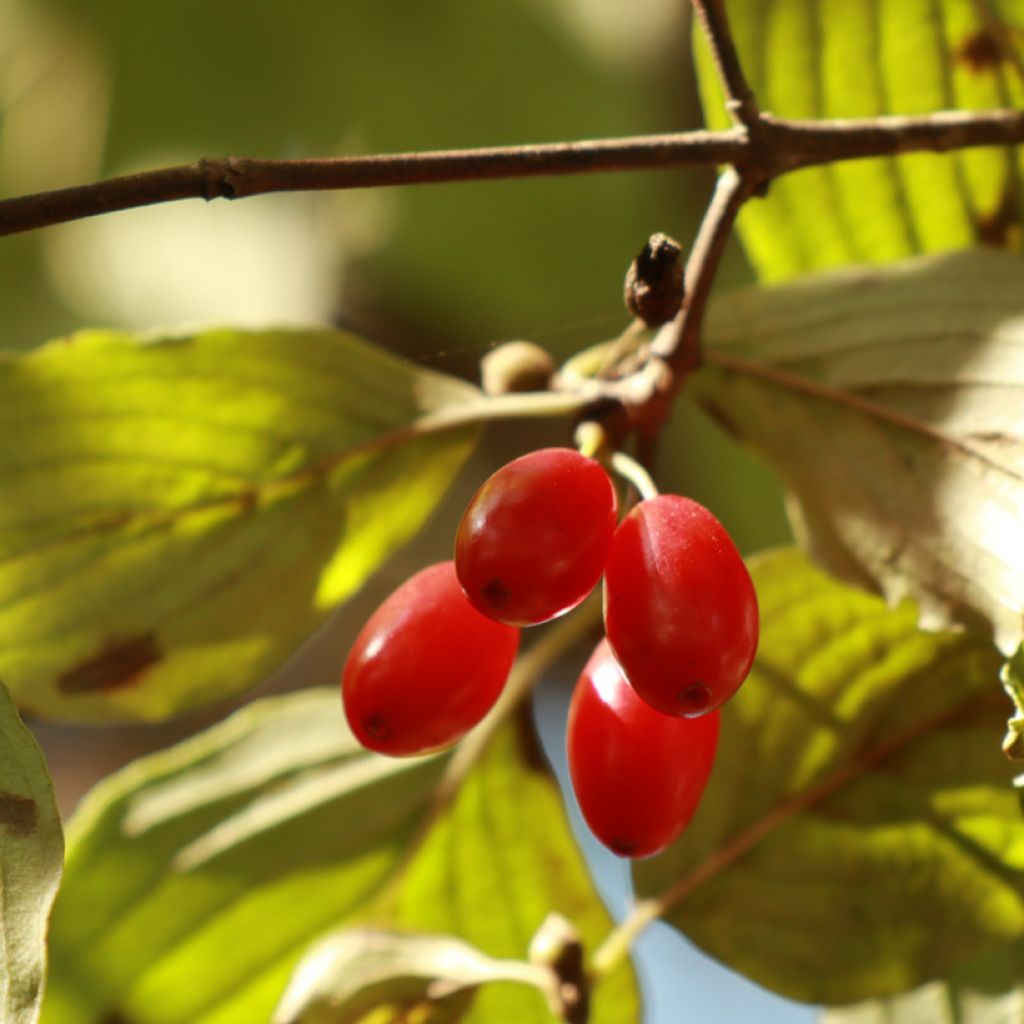

Cornus officinalis - Japanese Cornelian Cherry
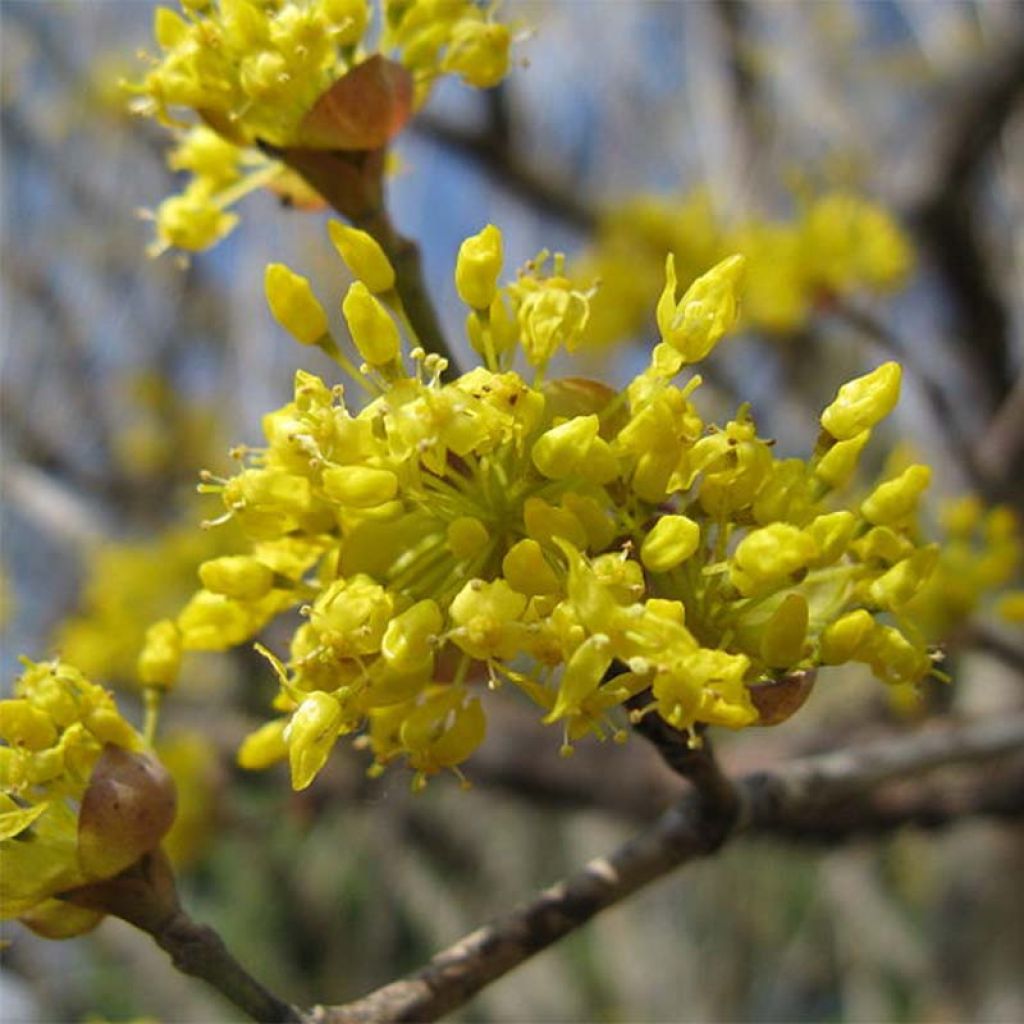

Cornus officinalis - Japanese Cornelian Cherry
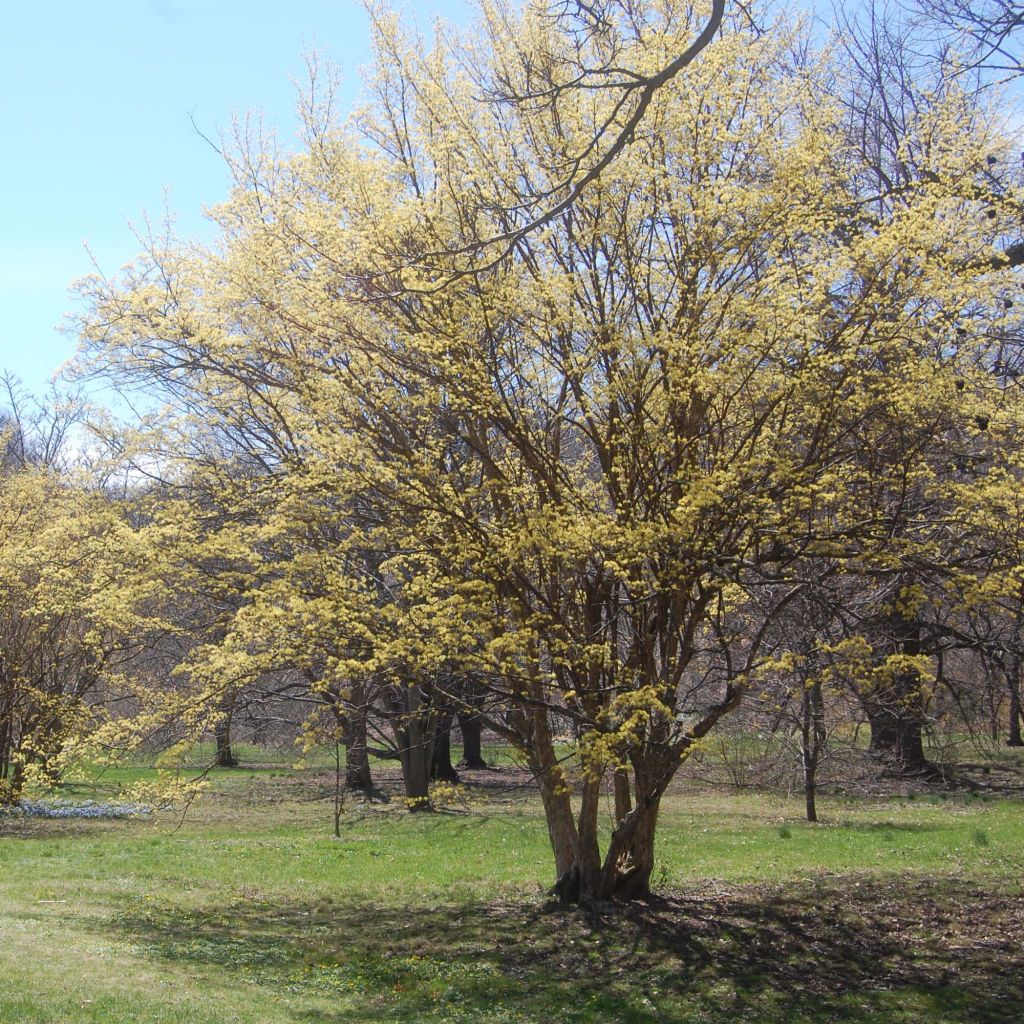

Cornus officinalis - Japanese Cornelian Cherry
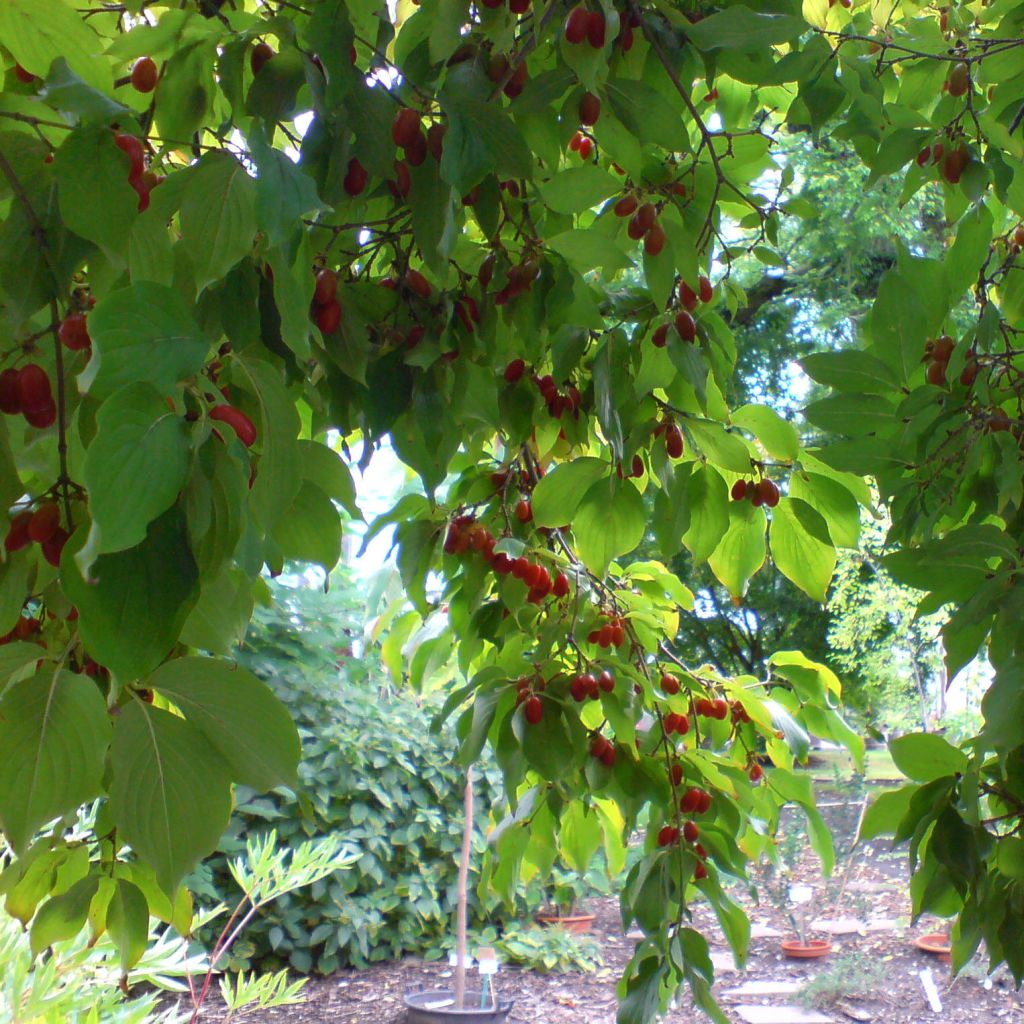

Cornus officinalis - Japanese Cornelian Cherry
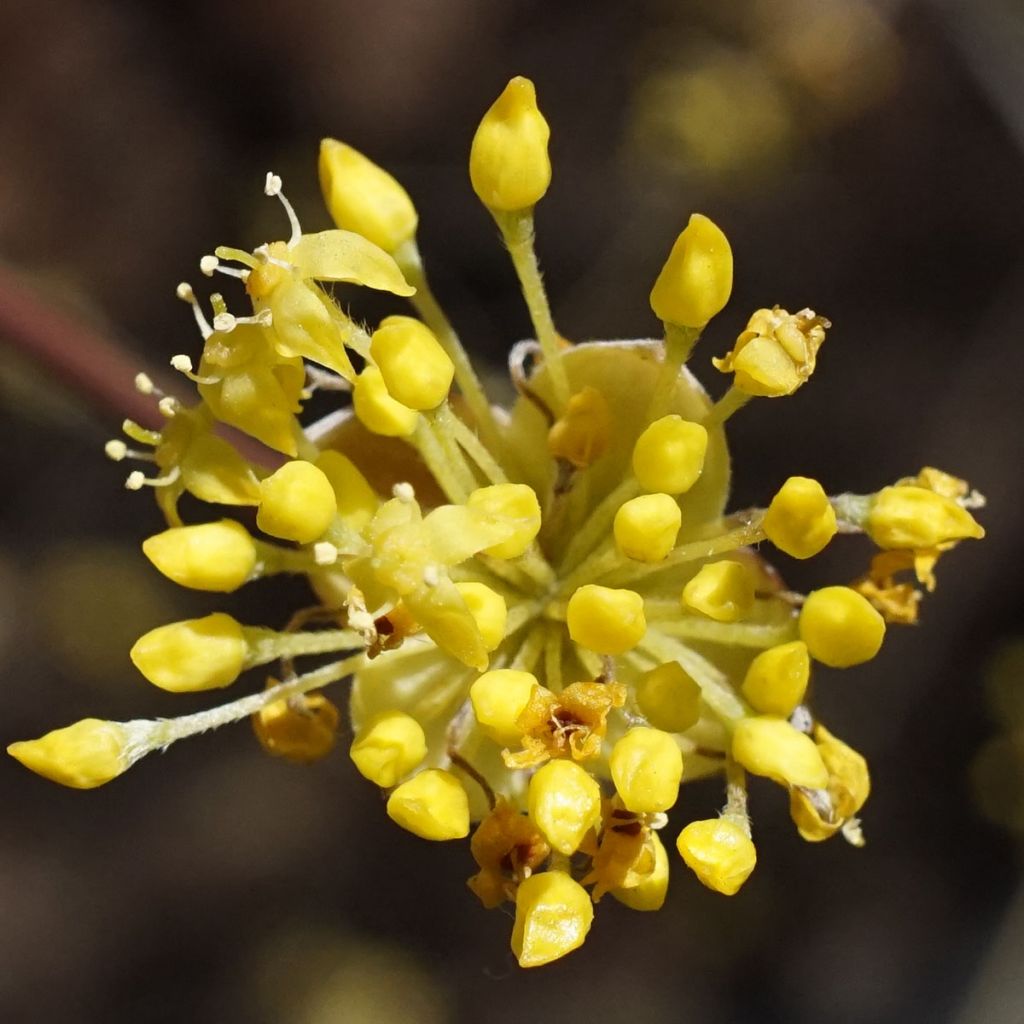

Cornus officinalis - Japanese Cornelian Cherry
Cornus officinalis - Japanese Cornelian Cherry
Cornus officinalis
Japanese Cornelian Cherry
Beautiful tree, lots of flowers in mid-January. The only trouble is no fruit for the past 4 years.
colette, 01/01/2021
Special offer!
Receive a €20 voucher for any order over €90 (excluding delivery costs, credit notes, and plastic-free options)!
1- Add your favorite plants to your cart.
2- Once you have reached €90, confirm your order (you can even choose the delivery date!).
3- As soon as your order is shipped, you will receive an email containing your voucher code, valid for 3 months (90 days).
Your voucher is unique and can only be used once, for any order with a minimum value of €20, excluding delivery costs.
Can be combined with other current offers, non-divisible and non-refundable.
Why not try an alternative variety in stock?
View all →This plant carries a 24 months recovery warranty
More information
We guarantee the quality of our plants for a full growing cycle, and will replace at our expense any plant that fails to recover under normal climatic and planting conditions.

Would this plant suit my garden?
Set up your Plantfit profile →
Description
Cornus officinalis, also known as the Cornelian cherry, is interesting all year round. Within the large family of dogwoods, this Asian species stands out, just like its European cousin Cornus mas, with its yellow and fragrant flowering that often accompanies the beautiful days of February. With a beautiful tree-like habit, this bush also displays a remarkable bark, which peels off to reveal new cinnamon to orange-coloured skin. Its beautiful red and edible berries, called cornels, adorn a foliage that turns red in the autumn. Easy to grow in ordinary soil, low maintenance, and not too big, it deserves a place in a natural garden, even a small one.
The Cornelian cherry is a large deciduous shrub native to China and Korea, long introduced into Japanese gardens. It grows quite fast and has a tree-like habit, composed of one or several short trunks and a bushy, open crown, slightly taller than wide. At maturity, it will reach an average height of 12m (39 ft 5 in) and a spread of 3m (9 ft 10 in) in our gardens, sometimes up to 4m (13 ft 1 in). Flowering occurs in the heart of winter or at the end of winter depending on the climate. On the bare branches, at the axil of the foliar buds, clusters of small, very fragrant yellow flowers with 4 petals appear. After pollination, they give way to small fleshy, purple-red, edible fruits. The branches bear entire, ovate leaves with a pointed apex, crossed by 7 prominent veins. They are light green in colour from spring to summer, then take on beautiful shades ranging from yellow-orange to bright red, especially when the shrub is exposed to the sun. Finally, the gray-beige bark peels strongly, revealing cinnamon to orange-coloured bark plates.
This Asiatic dogwood is a beautiful and easy-to-care-for shrub that adds life to the garden in winter. It is not picky about soil type and only requires a sunny exposure to be happy. While it may not deserve to be isolated on a lawn, it will be at its best slightly away from and in front of other shrubs. To accompany it, you can choose summer-flowering shrubs like a large botanical rose, a mock orange, or a butterfly bush. Its moderate growth suits small spaces well, and it requires very little care. All these characteristics make it an excellent shrub for a natural garden.
Cornus officinalis - Japanese Cornelian Cherry in pictures
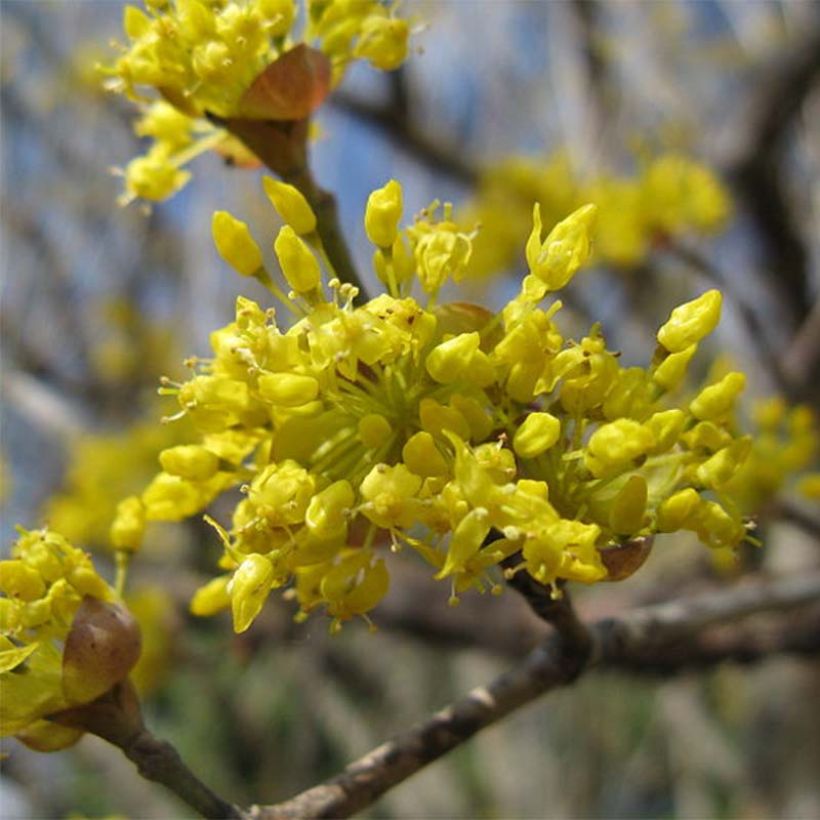

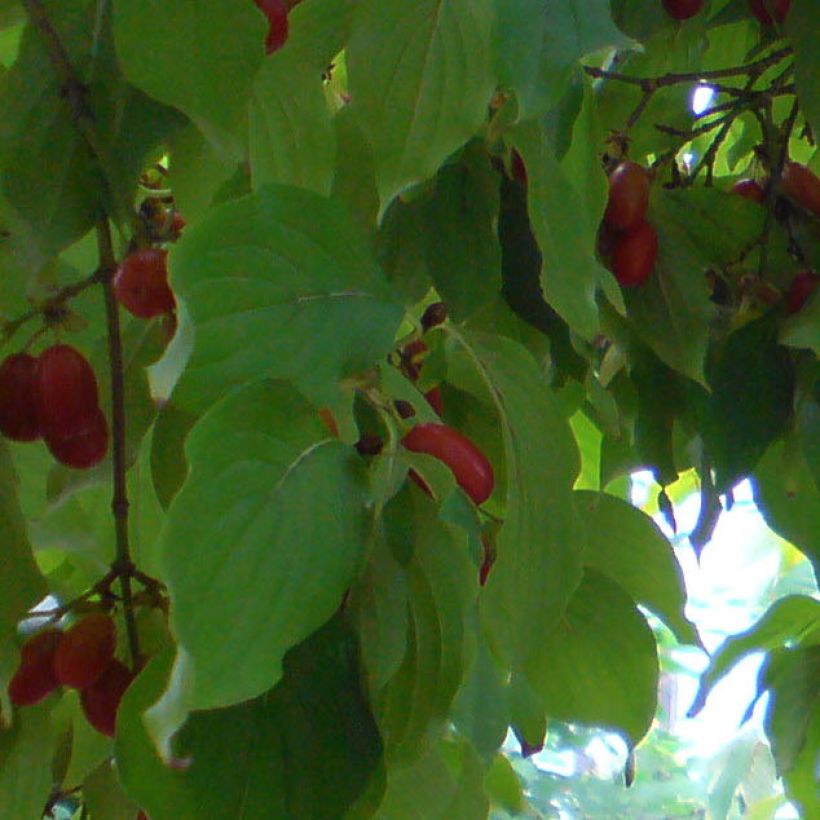

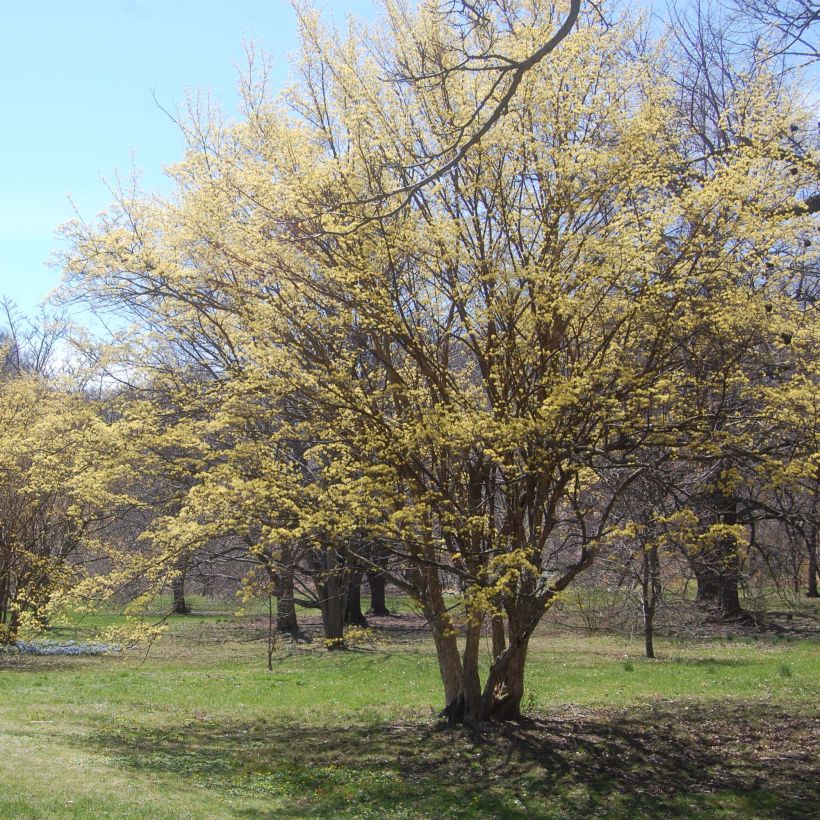



Plant habit
Flowering
Foliage
Botanical data
Cornus
officinalis
Cornaceae
Japanese Cornelian Cherry
West Asia
Planting and care
Easy to grow, this Cornus officinalis requires little maintenance, pruning is unnecessary unless you want to train it as a small tree. It tolerates regular soil that is not too dry and deep, but it must be well-drained, and it prefers soils with a tendency towards limestone. Plant it in a sunny location to enhance the foliage colours in autumn, or otherwise in partial shade. It is very hardy to temperatures as low as -25°C (-13 °F).
Planting period
Intended location
Care
Planting & care advice
-
, onOrder confirmed
Reply from on Promesse de fleurs
Similar products
Haven't found what you were looking for?
Hardiness is the lowest winter temperature a plant can endure without suffering serious damage or even dying. However, hardiness is affected by location (a sheltered area, such as a patio), protection (winter cover) and soil type (hardiness is improved by well-drained soil).

Photo Sharing Terms & Conditions
In order to encourage gardeners to interact and share their experiences, Promesse de fleurs offers various media enabling content to be uploaded onto its Site - in particular via the ‘Photo sharing’ module.
The User agrees to refrain from:
- Posting any content that is illegal, prejudicial, insulting, racist, inciteful to hatred, revisionist, contrary to public decency, that infringes on privacy or on the privacy rights of third parties, in particular the publicity rights of persons and goods, intellectual property rights, or the right to privacy.
- Submitting content on behalf of a third party;
- Impersonate the identity of a third party and/or publish any personal information about a third party;
In general, the User undertakes to refrain from any unethical behaviour.
All Content (in particular text, comments, files, images, photos, videos, creative works, etc.), which may be subject to property or intellectual property rights, image or other private rights, shall remain the property of the User, subject to the limited rights granted by the terms of the licence granted by Promesse de fleurs as stated below. Users are at liberty to publish or not to publish such Content on the Site, notably via the ‘Photo Sharing’ facility, and accept that this Content shall be made public and freely accessible, notably on the Internet.
Users further acknowledge, undertake to have ,and guarantee that they hold all necessary rights and permissions to publish such material on the Site, in particular with regard to the legislation in force pertaining to any privacy, property, intellectual property, image, or contractual rights, or rights of any other nature. By publishing such Content on the Site, Users acknowledge accepting full liability as publishers of the Content within the meaning of the law, and grant Promesse de fleurs, free of charge, an inclusive, worldwide licence for the said Content for the entire duration of its publication, including all reproduction, representation, up/downloading, displaying, performing, transmission, and storage rights.
Users also grant permission for their name to be linked to the Content and accept that this link may not always be made available.
By engaging in posting material, Users consent to their Content becoming automatically accessible on the Internet, in particular on other sites and/or blogs and/or web pages of the Promesse de fleurs site, including in particular social pages and the Promesse de fleurs catalogue.
Users may secure the removal of entrusted content free of charge by issuing a simple request via our contact form.
The flowering period indicated on our website applies to countries and regions located in USDA zone 8 (France, the United Kingdom, Ireland, the Netherlands, etc.)
It will vary according to where you live:
- In zones 9 to 10 (Italy, Spain, Greece, etc.), flowering will occur about 2 to 4 weeks earlier.
- In zones 6 to 7 (Germany, Poland, Slovenia, and lower mountainous regions), flowering will be delayed by 2 to 3 weeks.
- In zone 5 (Central Europe, Scandinavia), blooming will be delayed by 3 to 5 weeks.
In temperate climates, pruning of spring-flowering shrubs (forsythia, spireas, etc.) should be done just after flowering.
Pruning of summer-flowering shrubs (Indian Lilac, Perovskia, etc.) can be done in winter or spring.
In cold regions as well as with frost-sensitive plants, avoid pruning too early when severe frosts may still occur.
The planting period indicated on our website applies to countries and regions located in USDA zone 8 (France, United Kingdom, Ireland, Netherlands).
It will vary according to where you live:
- In Mediterranean zones (Marseille, Madrid, Milan, etc.), autumn and winter are the best planting periods.
- In continental zones (Strasbourg, Munich, Vienna, etc.), delay planting by 2 to 3 weeks in spring and bring it forward by 2 to 4 weeks in autumn.
- In mountainous regions (the Alps, Pyrenees, Carpathians, etc.), it is best to plant in late spring (May-June) or late summer (August-September).
The harvesting period indicated on our website applies to countries and regions in USDA zone 8 (France, England, Ireland, the Netherlands).
In colder areas (Scandinavia, Poland, Austria...) fruit and vegetable harvests are likely to be delayed by 3-4 weeks.
In warmer areas (Italy, Spain, Greece, etc.), harvesting will probably take place earlier, depending on weather conditions.
The sowing periods indicated on our website apply to countries and regions within USDA Zone 8 (France, UK, Ireland, Netherlands).
In colder areas (Scandinavia, Poland, Austria...), delay any outdoor sowing by 3-4 weeks, or sow under glass.
In warmer climes (Italy, Spain, Greece, etc.), bring outdoor sowing forward by a few weeks.






























